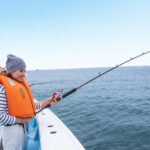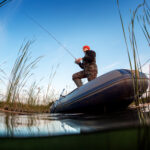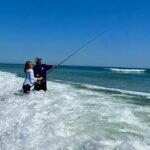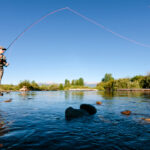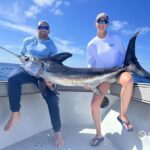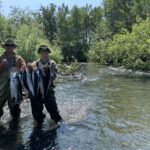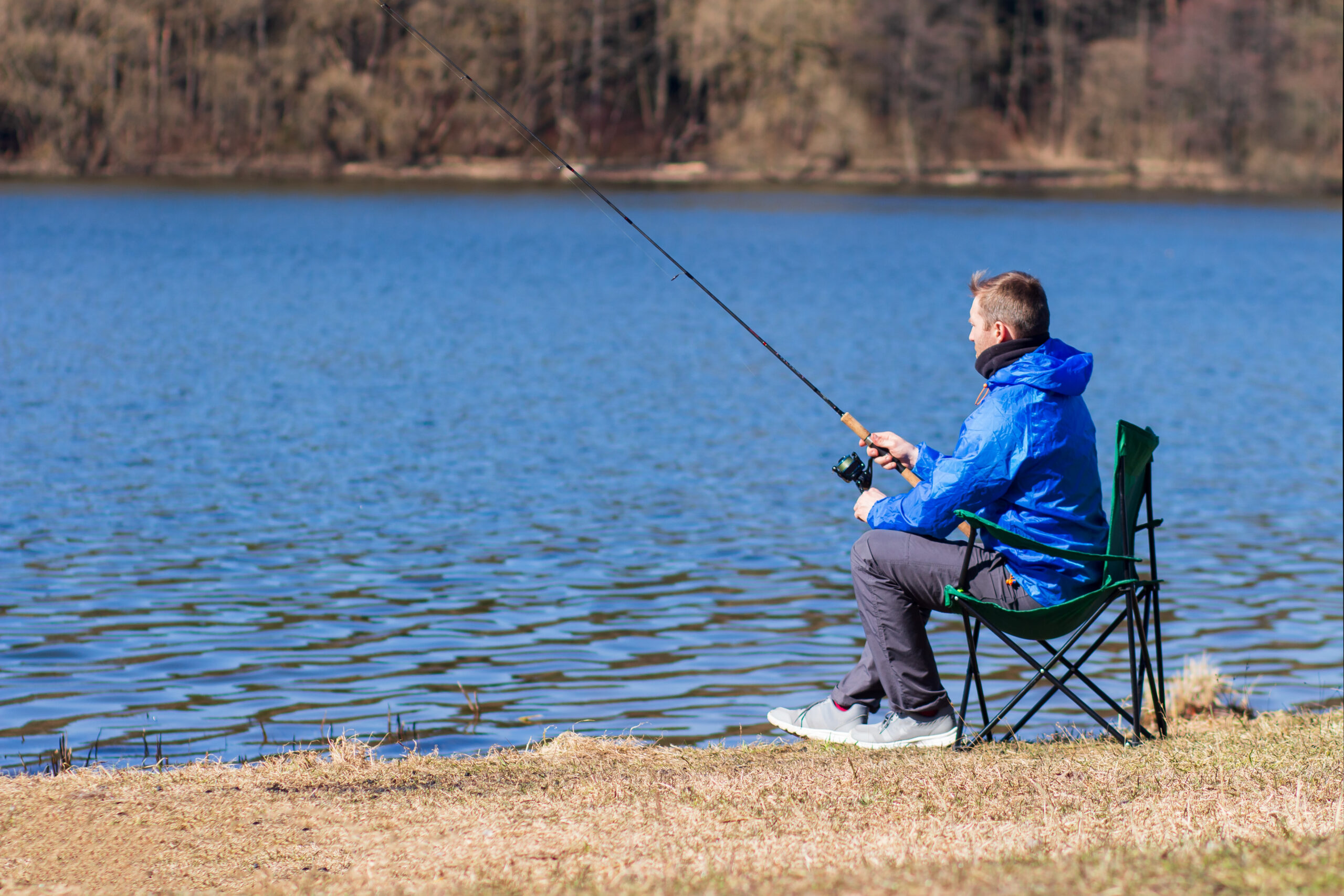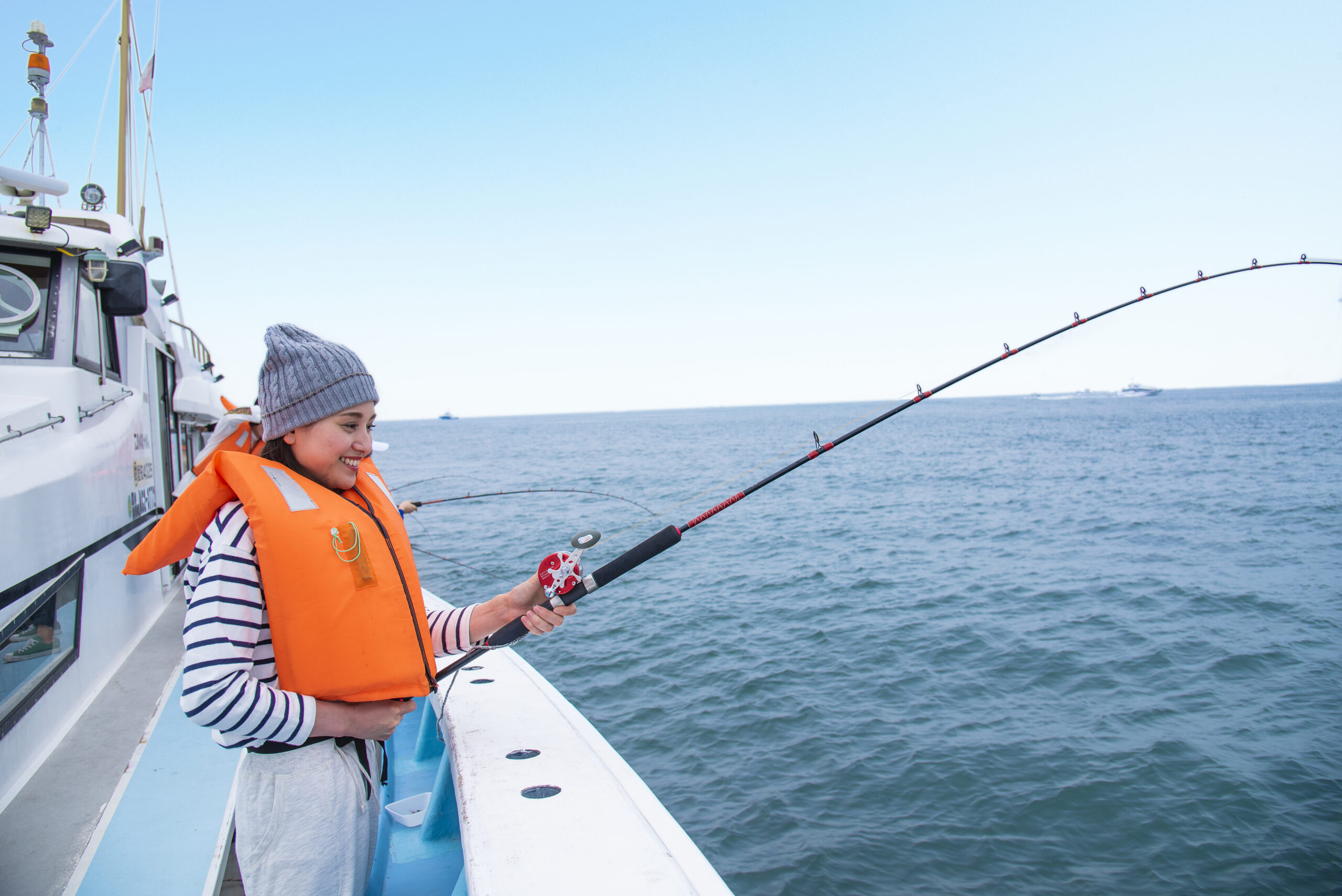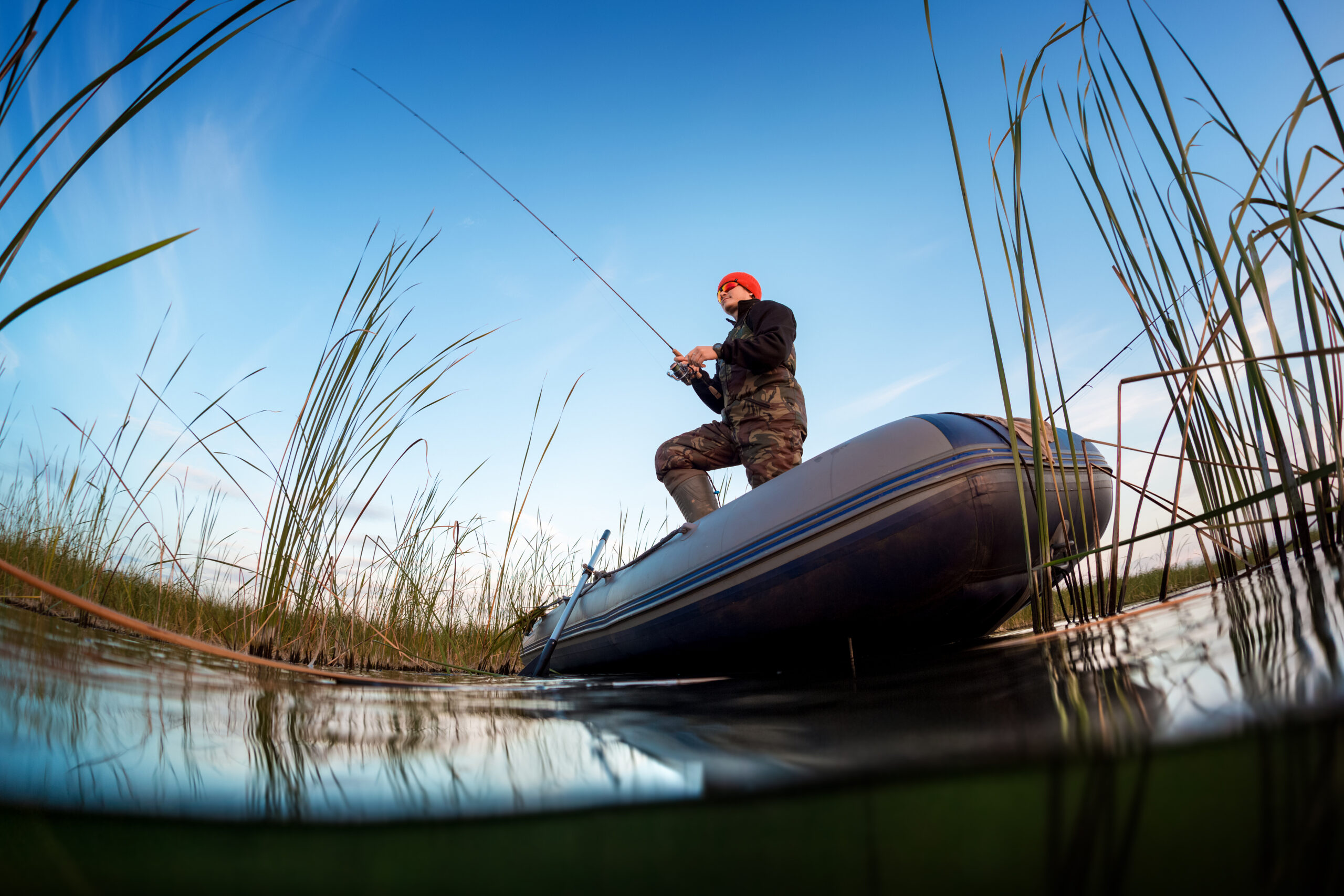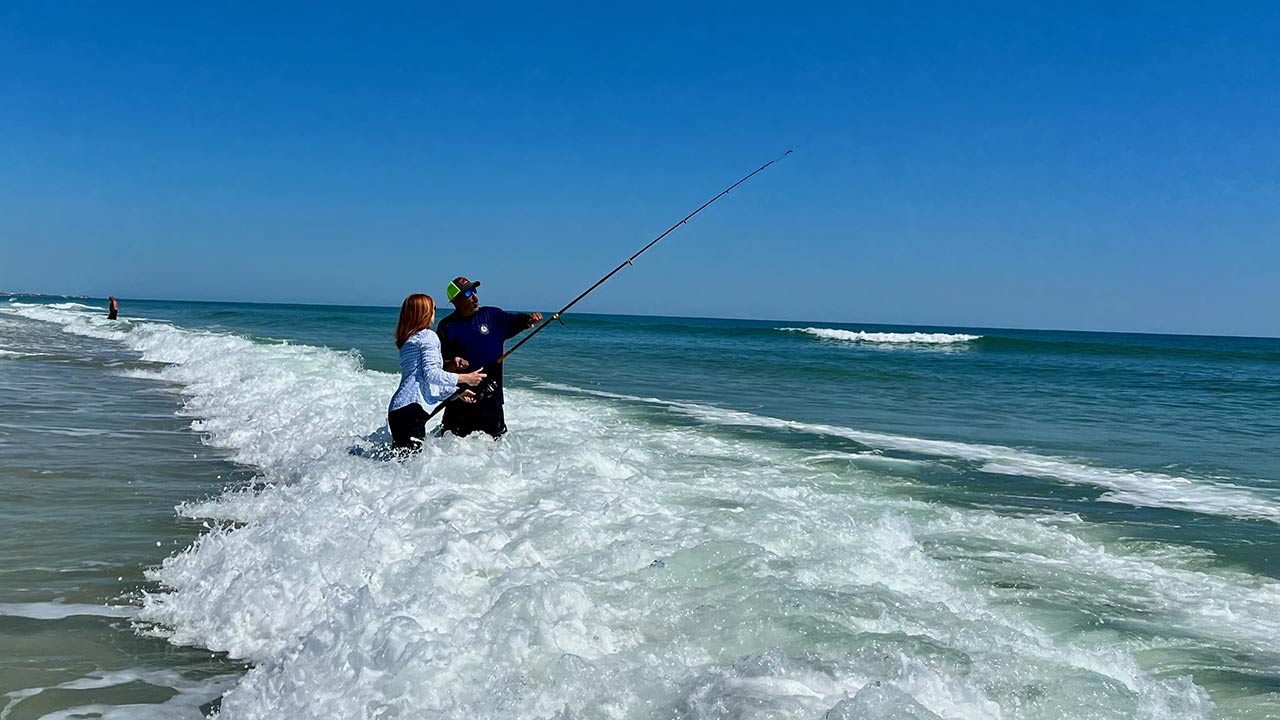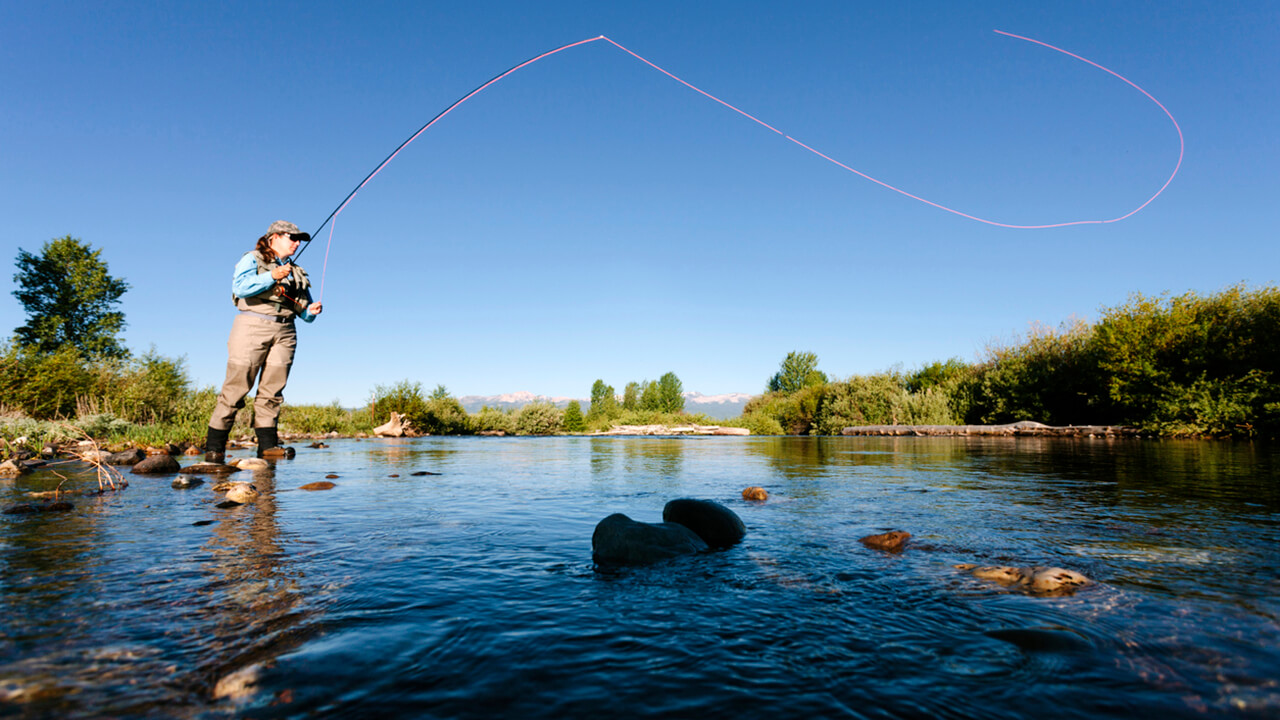Spring is prime time for crappie fishing, especially in shallow water. As water temperatures rise and spawning season kicks off, crappie move into shallow coves, creek arms, and sheltered areas in search of the perfect spawning grounds. This seasonal migration presents an excellent opportunity for anglers to target big crappie in predictable locations—if you know how to adjust your approach. In this guide, we’ll cover everything you need to know about shallow water spring crappie fishing, from finding the best spots to using the right gear and presentation techniques to maximize your catch.
1. Understanding Crappie Behavior in Spring
To consistently catch big crappie in the spring, you need to understand their seasonal patterns and behavior.
🐟 Pre-Spawn Phase (Water temps: 50°F–58°F)
- Crappie begin moving from deep water toward shallower flats and creek channels as the water warms.
- They gather around submerged structures, like brush piles and fallen timber, waiting for the right temperature to start spawning.
🐟 Spawn Phase (Water temps: 58°F–65°F)
- When the water hits the mid-to-high 50s, crappie move into 1–5 feet of water to spawn.
- They create nests on hard bottoms, such as gravel, sand, and muddy flats, typically near vegetation or submerged wood.
- Males guard the nests aggressively, making them more likely to strike at bait or lures.
🐟 Post-Spawn Phase (Water temps: 65°F–75°F)
- After spawning, crappie move back toward deeper water but linger near shallow structures to recover.
- The post-spawn bite can be slower, but targeting crappie near shaded areas or deeper drop-offs often produces results.
2. Finding the Best Shallow Water Crappie Spots
Location is everything when it comes to spring crappie fishing. Shallow water is the key, but not all shallow areas are created equal. Focus on these high-percentage spots:
🎯 Shallow Flats and Coves
- Crappie seek out protected areas like shallow flats and coves for spawning.
- Areas with slight current and warmer water are prime locations.
🎯 Brush Piles and Fallen Trees
- Crappie love structure, especially in shallow water.
- Target submerged wood, beaver dams, and brush piles close to the shoreline.
🎯 Vegetation and Weed Beds
- Emerging vegetation provides both cover and a food source (insects and baitfish).
- Target crappie along the edges of weed beds or pockets within the vegetation.
🎯 Docks and Piers
- Shaded areas under docks and piers are ideal for crappie to ambush prey.
- Cast jigs and minnows close to the pilings and let them sink naturally.
3. Choosing the Right Gear for Shallow Crappie Fishing
Crappie are known for their soft mouths, so the right rod, reel, and line combination makes a big difference.
✅ Rod and Reel Setup
- Use an ultra-light or light spinning rod (6’–8’) for better sensitivity and control.
- A spinning reel with a smooth drag is ideal for handling soft crappie bites.
✅ Line Choice
- Use 4–6 lb. test monofilament or fluorocarbon.
- Fluorocarbon sinks and is less visible in clear water, but monofilament has more stretch, which helps keep crappie hooked.
✅ Hooks and Jig Heads
- Size #2 to #6 hooks work well for live minnows.
- Use 1/32 oz. to 1/16 oz. jig heads for soft plastics.
4. Effective Baits and Lures for Big Spring Crappie
When fishing shallow water in the spring, crappie respond best to baits that mimic natural prey. Here are some go-to options:
🦐 Live Bait
- Minnows – Hook through the lips or back and fish under a slip bobber.
- Worms – Crappie aren’t as drawn to worms as other species, but they can work well around brush piles.
🎣 Soft Plastics
- Grubs and Tubes – 2-inch grubs or tube jigs in natural colors like white, chartreuse, and pink are highly effective.
- Paddle Tails – The swimming action of a paddle tail can trigger strikes from aggressive crappie.
🎯 Jigs
- Cast jigs toward visible structure and slowly retrieve them.
- Try vertical jigging near docks and submerged cover.
- Use colors that match the water clarity:
- Clear water – natural tones (white, silver, gray)
- Murky water – bright colors (chartreuse, pink, orange)
5. Presentation Techniques for Shallow Water Success
Crappie are often suspended or near cover, so presenting your bait correctly is crucial.
➡️ Bobber and Minnow
- Use a slip bobber rig to adjust depth easily.
- Cast toward brush piles or the edges of weed beds.
- Let the bait sit with minimal movement—crappie prefer a subtle presentation.
➡️ Casting and Jigging
- Cast jigs near cover and let them sink naturally.
- Use a slow retrieve with occasional twitches to mimic injured baitfish.
➡️ Slow Trolling
- In slightly deeper water, slow trolling with multiple rods and various depths increases your chances of finding fish.
- Use a combination of live bait and jigs to cover more water.
6. Timing and Conditions for Peak Crappie Action
Crappie are most active under specific conditions, so timing your trip can make a big difference.
🕰️ Best Times of Day
- Early morning (dawn to 10 a.m.) – Crappie are active and feeding aggressively.
- Late afternoon (4 p.m. to dusk) – Crappie tend to move closer to shore as the water cools down.
🌦️ Weather Conditions
- Overcast days – Crappie feed more aggressively when the light is low.
- Stable weather – Consistent barometric pressure leads to better fishing.
- After a cold front – Crappie may move deeper and become less active.
7. Handling and Releasing Crappie Properly
If you plan to catch and release, proper handling is key to ensuring the fish survive.
- Use a rubberized landing net – This reduces damage to the crappie’s delicate scales and fins.
- Handle gently – Crappie have soft mouths, so avoid rough handling.
- Support the body – If you need to take a picture, hold the crappie horizontally to avoid stressing its spine.
- Release quickly – Return the crappie to the water as soon as possible to minimize stress.
8. Final Thoughts
Spring crappie fishing in shallow water is one of the most exciting and productive times of the year. By understanding crappie behavior, finding the right locations, and using the proper gear and techniques, you’ll increase your chances of landing big crappie consistently. Stay patient, adjust to the conditions, and remember to stay stealthy—crappie are more observant than you think! So grab your rod, head to the nearest shallow cove, and get ready for some unforgettable spring fishing action.

